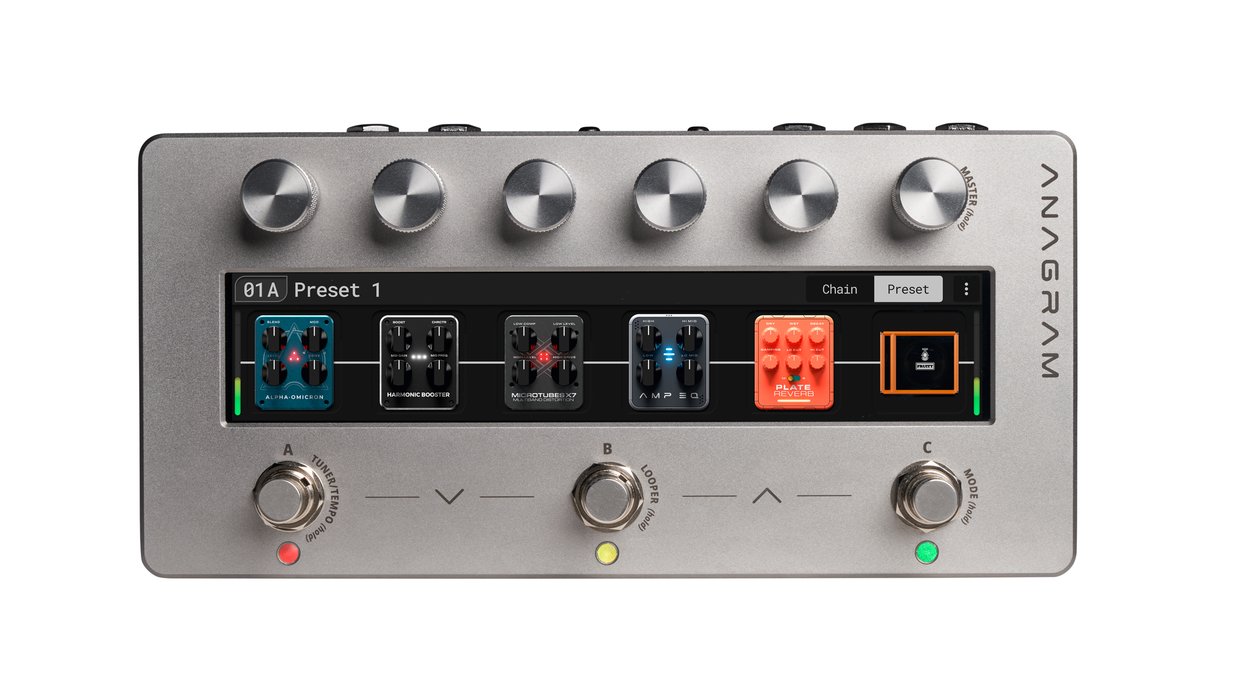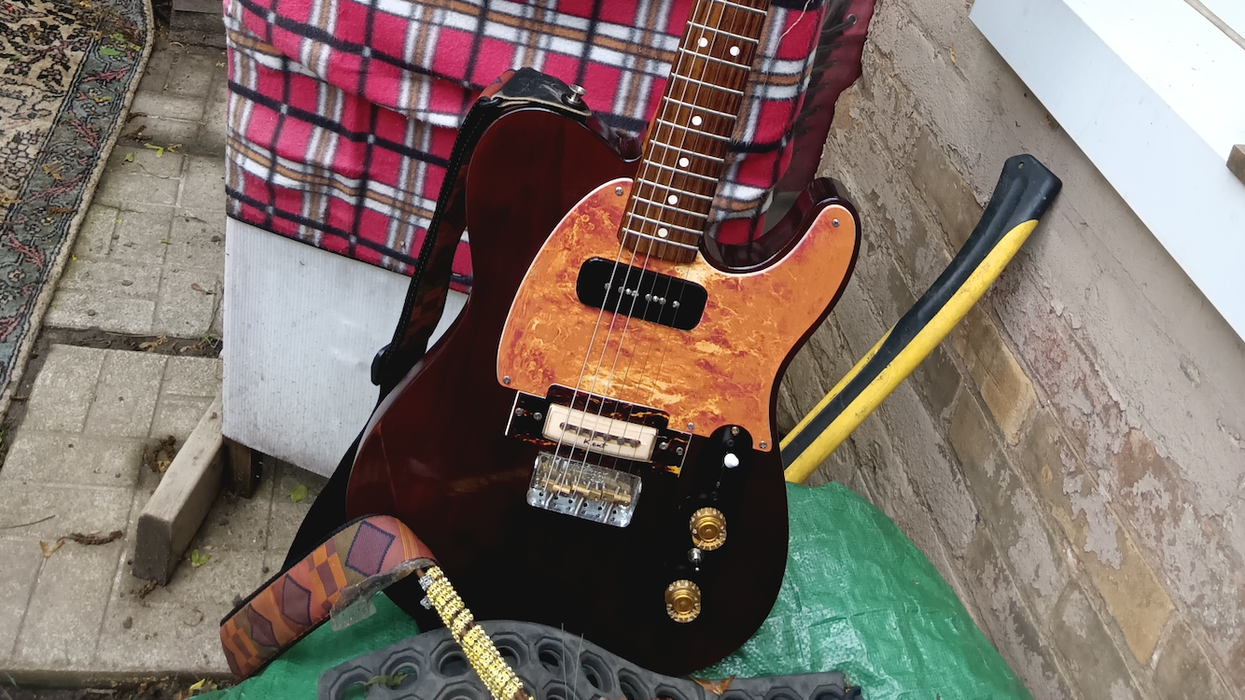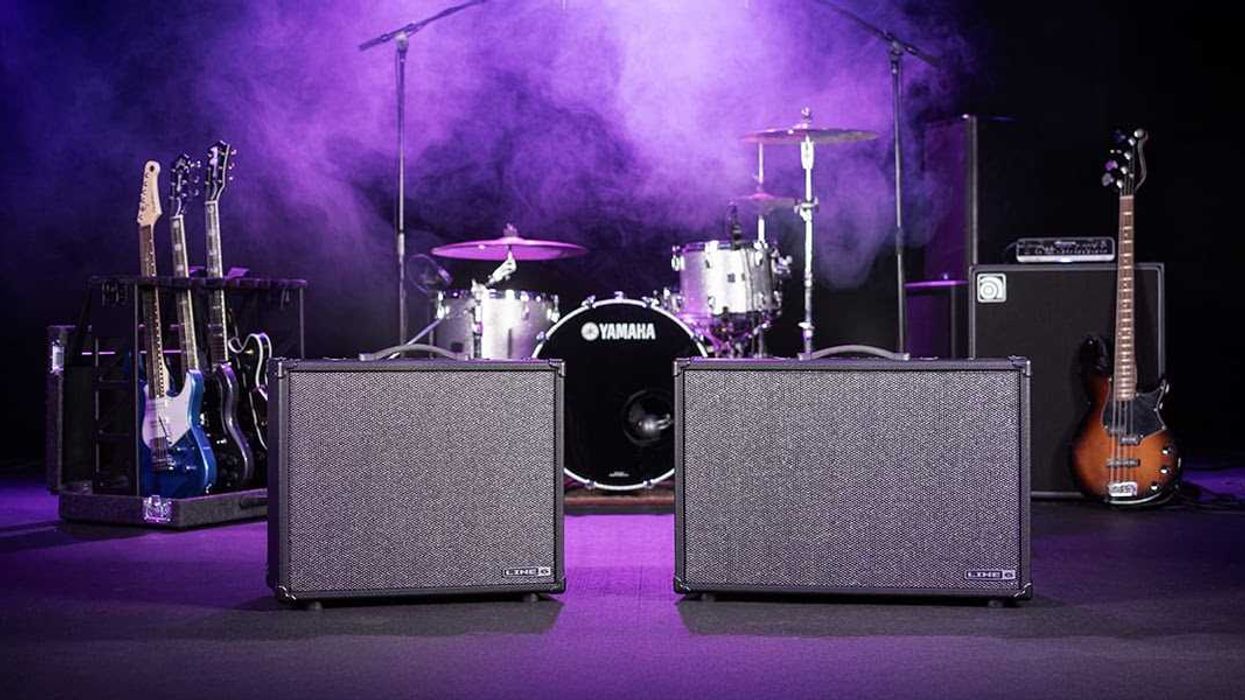Two weeks ago, I got a call to MD (music direct/bandlead) for CMT Campfire Sessions: Christmas Edition. It’s a fun series where country music artists perform an intimate acoustic set around a rustic campfire at night … surrounded by an army of camera operators, lighting techs, stage hands, hair/makeup artists, PAs, producers, and audio hidden just outside of the camera’s view.
For this Christmas special, CMT enlisted four fabulous singers—Caitlyn Smith, Brittney Spencer, Priscilla Block, and Tenille Townes—to perform two of their holiday favorites as well as one to-be-determined all-sing. I’ve played the CMT Awards with Caitlyn, Priscilla, and Tenille before, which made this a bit more comfortable. I hadn’t met Brittney but loved her work and couldn’t wait to hear her live.
The CMT network does music really well in that they give artists a lot of creative freedom and don’t micromanage every music decision. I’ve been MDing for CMT for 16 years, and it usually goes like this:
They tell me what they need, tell me the budget, then trust me to work out the musical details. We went with a four-piece including Rob Cureton for bass/BGs; Tori Allen (fresh off a long tour with the Killers) for fiddle/mandolin/BGs; Duran Crone to cover percussion/BGs; and your humble scribe on guitar/BGs.
Once the artists chose their songs, the production team, artists, and I discussed instrumentation, song keys, and what feel/vibe we wanted on each song. Then I wrote charts, sent them to the band, and we all talked over instrumentation and arrangement ideas.
At 10 a.m. the day before the shoot, the band had two hours to run the songs sans artists at Nashville’s Soundcheck rehearsal studio. Then, Caitlyn Smith, Priscilla Block, and Tenille Townes joined us individually for about 30 to 45 minutes and we worked out the nuances and harmonies. The main challenge in a show like this is to bring the singer’s artistic vision to life, while keeping it fun under pressure. If it’s stressed or forced, the audience will hear it. The artists are total pros with great ideas, and we had it sounding roughly ready for broadcast by the third run through.
“One of the artists also had her heating pad dimed and had to stop her performance because, as she put it, ‘My ass is on fire.’”
Brittney Spencer was in London, missing our rehearsal. She chose “White Christmas” and “Someday at Christmas” by Stevie Wonder, but her European tour left her incommunicado, so we had to come up with the arrangements as we were dialing in a mix around the campfire. When we finally met, I asked Brittney what she was thinking about for “White Christmas.” My instinct was to swing it, but she described an R&B groove that Cureton immediately picked up. The whole arrangement formed around Rob’s driving bass line (waaaay cooler than my idea). Next, we jumped into “Someday at Christmas,” which was complex with several modulations. Because Brittney missed rehearsal, she brought along her own guitarist, Bobby Wesley, who really helped shape the sound. I was grateful to have the second guitar so we could do that Motown thing of one guitar playing the percussive chinks and the other, the more open, strummy arpeggios.
The last part of the puzzle was the all-sing. They decided on “Silent Night,” but because the singers were not together until our soundcheck, we had to come up with something on the spot. There are four singers, three verses, so I pitched the idea of Priscilla and Caitlyn splitting the first, Brittney and Tenille splitting the second, and all four hitting the third acapella. They immediately fell into their harmony parts, and by the third time through, it was a genuinely moving performance.
Filming outdoors on an October night in Tennessee is usually a pretty safe bet. Tonight as I write this, it’s 65 degrees at 11:30 p.m., but last night when we filmed this show, it was in the low 40s by the time we wrapped. (The arctic melts, oceans rise, but Tennessee freezes: Thanks for nothing, global warming).
We were sitting out in it for roughly five hours between rehearsal and filming. The gas fire looked warm but produced as much heat as five 100-watt bulbs, though there were blankets on the seat with heating pads hidden beneath them. I kept mine cranked uncomfortably hot in hopes the heat would spread to my iced hands. A producer gave me some fingerless gloves that helped a bit. I switched to a thumbpick as I was having trouble holding the flatpick. One of the artists also had her heating pad dimed and had to stop her performance because, as she put it, “my ass is on fire.”
It’s the unexpected, out-of-our-control elements that make art and life so much more interesting. A well-rehearsed performance in a controlled environment can be great, or it can feel like a well-rehearsed performance in a controlled environment. But when things are not easy or predictable, you can have magic, or a catastrophe. Either way, that’s the stuff I like to watch.
Supported by Keeley

Supported by Keeley, Scan the code or visit robertkeeley.com/lastcall for a special offer!
















